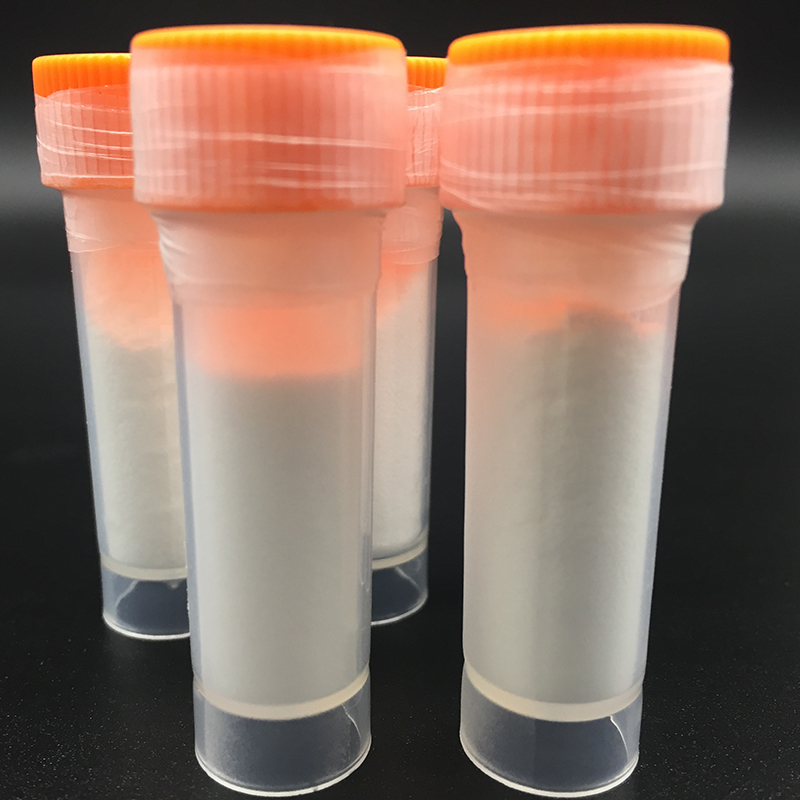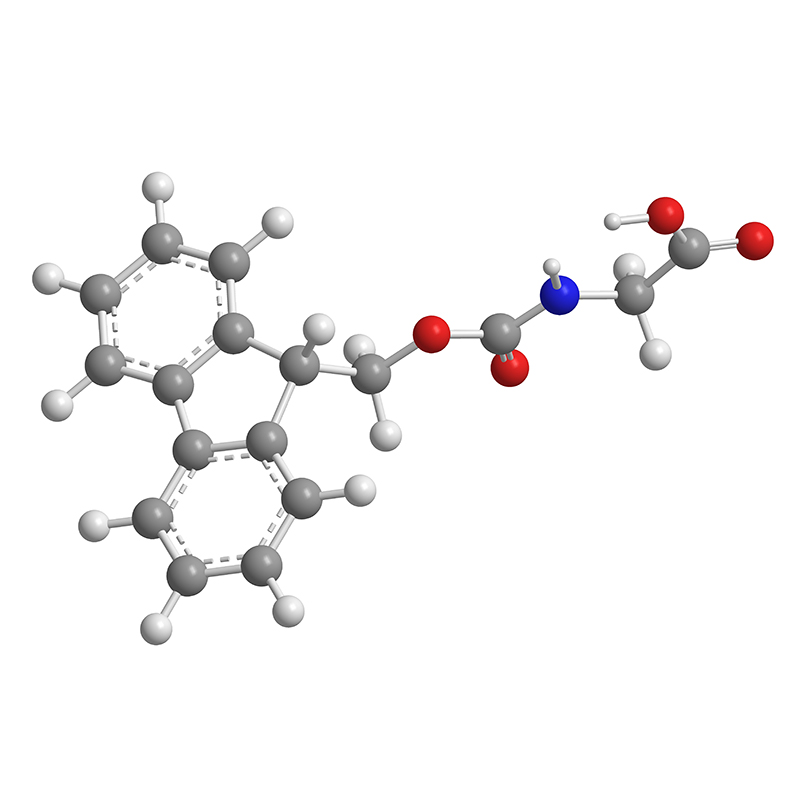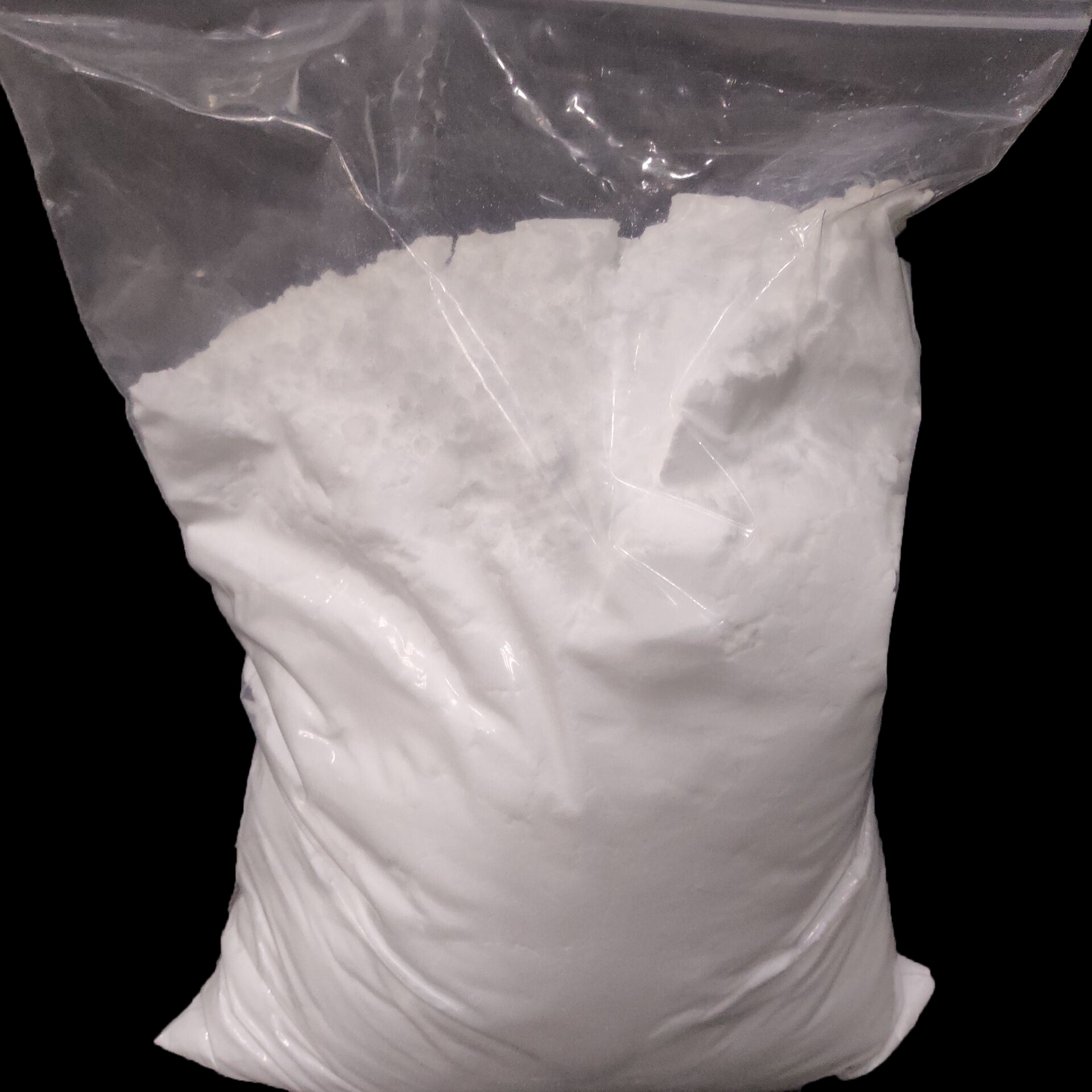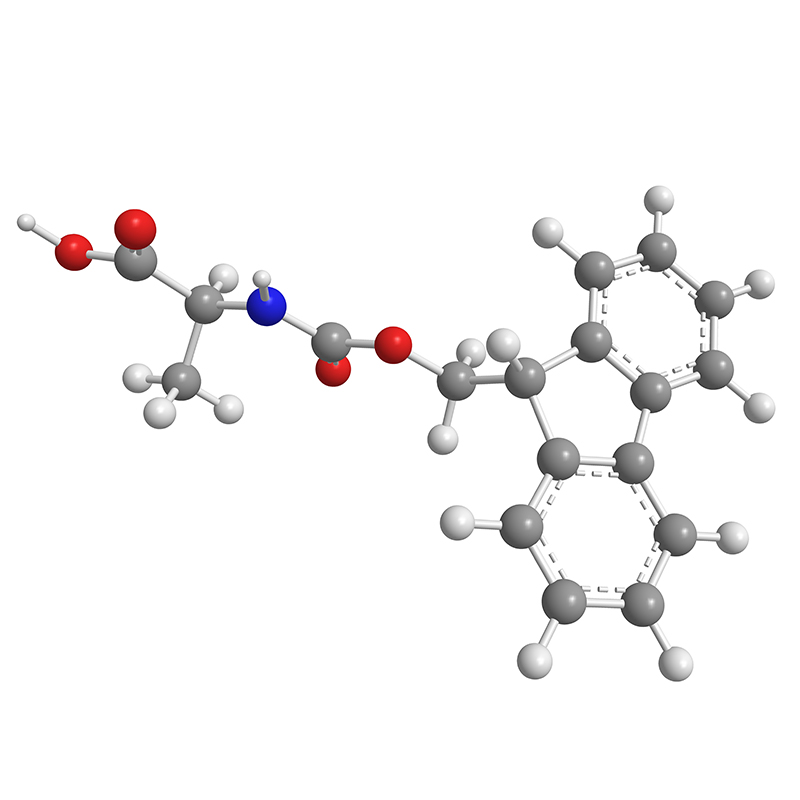OEM/ODM Supplier Diethylene Glycol Dibenzoate 120-55-8 - Carbetocin to Prevent Uterine Contraction and Postpartum Hemorrhage – Gentolex
OEM/ODM Supplier Diethylene Glycol Dibenzoate 120-55-8 - Carbetocin to Prevent Uterine Contraction and Postpartum Hemorrhage – Gentolex Detail:
Product Detail
| Name | CARBETOCIN |
| CAS number | 37025-55-1 |
| Molecular formula | C45H69N11O12S |
| Molecular weight | 988.17 |
| EINECS Number | 253-312-6 |
| Specific rotation | D -69.0° (c = 0.25 in 1M acetic acid) |
| Boiling point | 1477.9±65.0 °C (Predicted) |
| Density | 1.218±0.06 g/cm3(Predicted) |
| Storage conditions | -15°C |
| Form | powder |
Synonyms
BUTYRYL-TYR(ME)-ILE-GLN-ASN-CYS-PRO-LEU-GLY-NH2, (SULFIDEBONDBETWEENBUTYRYL-4-YLANDCYS); BUTYRYL-TYR(ME)-ILE-GLN-ASN-CYS-PRO-LEU-GLY-NH2TRIFLUOROACETATESALT; (BUTYRYL1, TYR(ME)2)-1-CARBAOXYTOC INTRIFLUOROACETATESALT; (BUTYRYL1, TYR(ME)2)-OXYTOCIN; (BUTYRYL1,TYR(ME)2)-OXYTOCINTRIFLUOROACETATESALT; CARBETOCIN; CARBETOCINTRIFLUOROACETATESALT; (2-O-METHYLTYROSINE)-DE-AMINO-1-CARBAOXYTOCIN
Biological activity
Carbetocin, an oxytocin (OT) analog, is an oxytocin receptor agonist with a Ki of 7.1 nM. Carbetocin has a high affinity (Ki=1.17 μM) for the chimeric N-terminus of the oxytocin receptor. Carbetocin has potential for postpartum hemorrhage research. Carbetocin can penetrate the blood-brain barrier and has antidepressant-like activity by activating oxytocin receptors in the CNS.
Function
Carbetocin is a synthetic long-acting oxytocin 8-peptide analog with agonist properties, and its clinical and pharmacological properties are similar to those of naturally occurring oxytocin. Like oxytocin, carbetocin binds to the hormone receptors of uterine smooth muscle, causing rhythmic contractions of the uterus, increasing its frequency and increasing uterine tone on the basis of the contractions of the original. Oxytocin receptor levels in the uterus are low in the non-pregnant state, increase during pregnancy, and peak during labor. Therefore, carbetocin has no effect on the non-pregnant uterus, but has a potent uterine contractile effect on the pregnant uterus and the newly produced uterus.
Change Controls
Changes are controlled according to the procedure. Based on the impact and risk and severity, changes are classified as Major, Minor and Site. Site changes have slight impact on safety and quality of product, and therefore do not need approval and notification to the customer; Minor changes have moderate impact on safety and quality of product, and need to notify the customer; Major changes have higher impact on safety and quality of product, and need approval by the customer.
According to the procedure, change control is started with change application in which change details and rational for the change are described. The evaluation is then performed following the application, which is done by change control relevant departments. Meanwhile, the change control is classified into Major level, General level and Minor level. After appropriate evaluation as well as the classification, all level change control should be approved by QA Manager. The change control is executed after approval according to the action plan. The change control is finally closed after QA confirms the change control has been appropriately implemented. If involving client notification, the client should be notified timely after change control approved
Product detail pictures:

Related Product Guide:
We support our buyers with ideal high quality products and high level service. Becoming the specialist manufacturer in this sector, we have gained rich practical experience in producing and managing for OEM/ODM Supplier Diethylene Glycol Dibenzoate 120-55-8 - Carbetocin to Prevent Uterine Contraction and Postpartum Hemorrhage – Gentolex , The product will supply to all over the world, such as: Swansea, Tanzania, Nepal, Our company is an international supplier on this kind of merchandise. We supply an amazing selection of high-quality merchandise. Our goal is to delight you with our distinctive collection of mindful items while providing value and excellent service. Our mission is simple: To supply the best items and service to our customers at the lowest prices possible.
The factory workers have a good team spirit, so we received high quality products fast, in addition, the price is also appropriate, this is a very good and reliable Chinese manufacturers.







